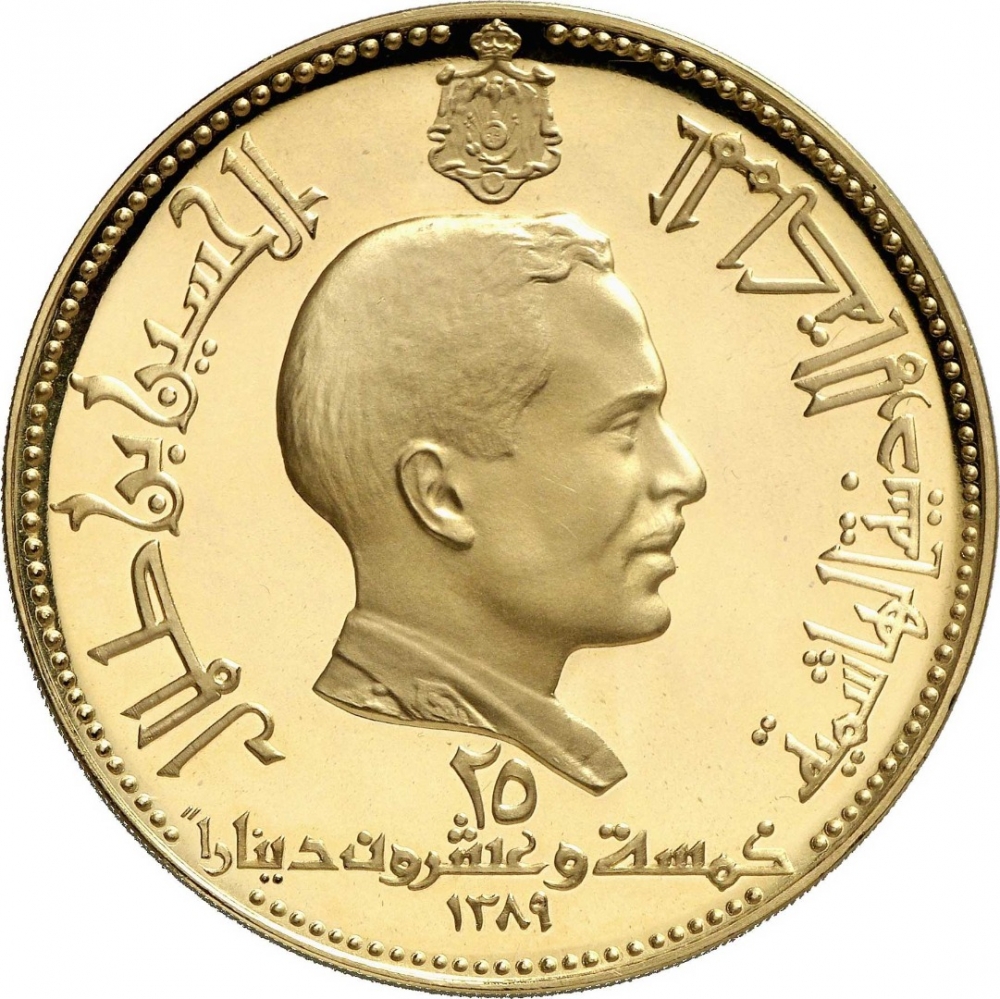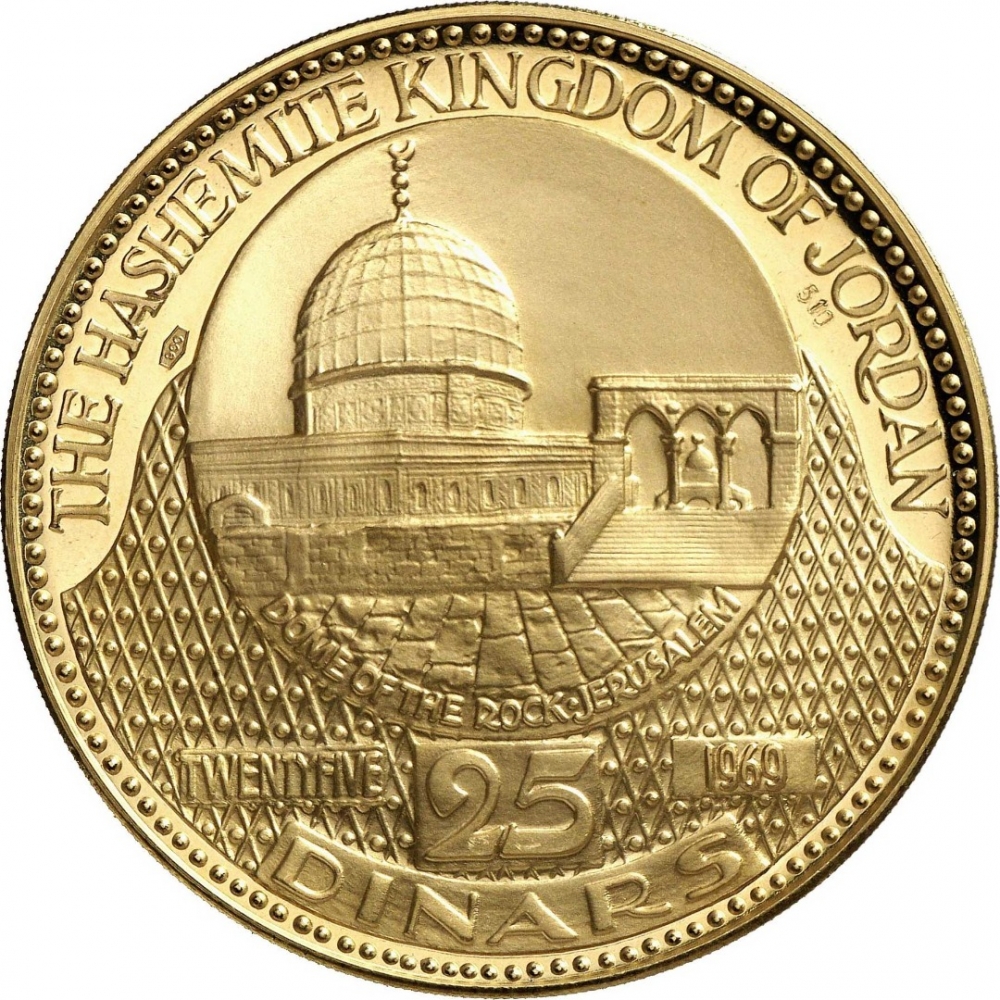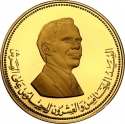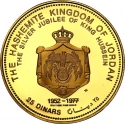You are about to finish your registration. Please check your mailbox (including spam folder). There should be a letter with a confirmation link. Check setting to make sure that your e-mail address is correct.
Send letter againDescription
The Dome of the Rock (Arabic: قبة الصخرة) is an Islamic shrine located on the Temple Mount in the Old City of Jerusalem, a site also known to Muslims as the al-Haram al-Sharif or the Al-Aqsa Compound. Its initial construction was undertaken by the Umayyad Caliphate on the orders of Abd al-Malik during the Second Fitna in 691–692 CE, and it has since been situated on top of the site of the Second Jewish Temple (built in c. 516 BCE to replace the destroyed Solomon's Temple), which was destroyed by the Romans in 70 CE. The original dome collapsed in 1015 and was rebuilt in 1022–23. The Dome of the Rock is the world's oldest surviving work of Islamic architecture.
Hussein bin Talal (1935–1999) was King of Jordan from the abdication of his father, King Talal, in 1952, until his death. Hussein's rule extended through the Cold War and four decades of Arab–Israeli conflict.
Obverse

|
Depicts a bust of Hussein bin Talal, encircled by the inscriptions "Hussein bin Talal" and "King of the Hashemite Kingdom of Jordan," with the denomination written in Arabic numerals and letters, along with the date in Hijri format below. Positioned above is the coat of arms of Jordan. الحسين بن طلال |
|---|---|
Reverse

|
Depicts the Dome of the Rock with a view of the gateway and the shrine behind it. This arched entranceway is one of the eight around the raised platform enclosed within a circle, while the country name appears above it. The denomination, expressed in English numerals and letters, along with the date in the Gregorian calendar, is positioned below the design. Metal purity is positioned above on the left. THE HASHEMITE KINGDOM |
| Edge |
Related coins
25th Anniversary of the Accession of King Hussein



